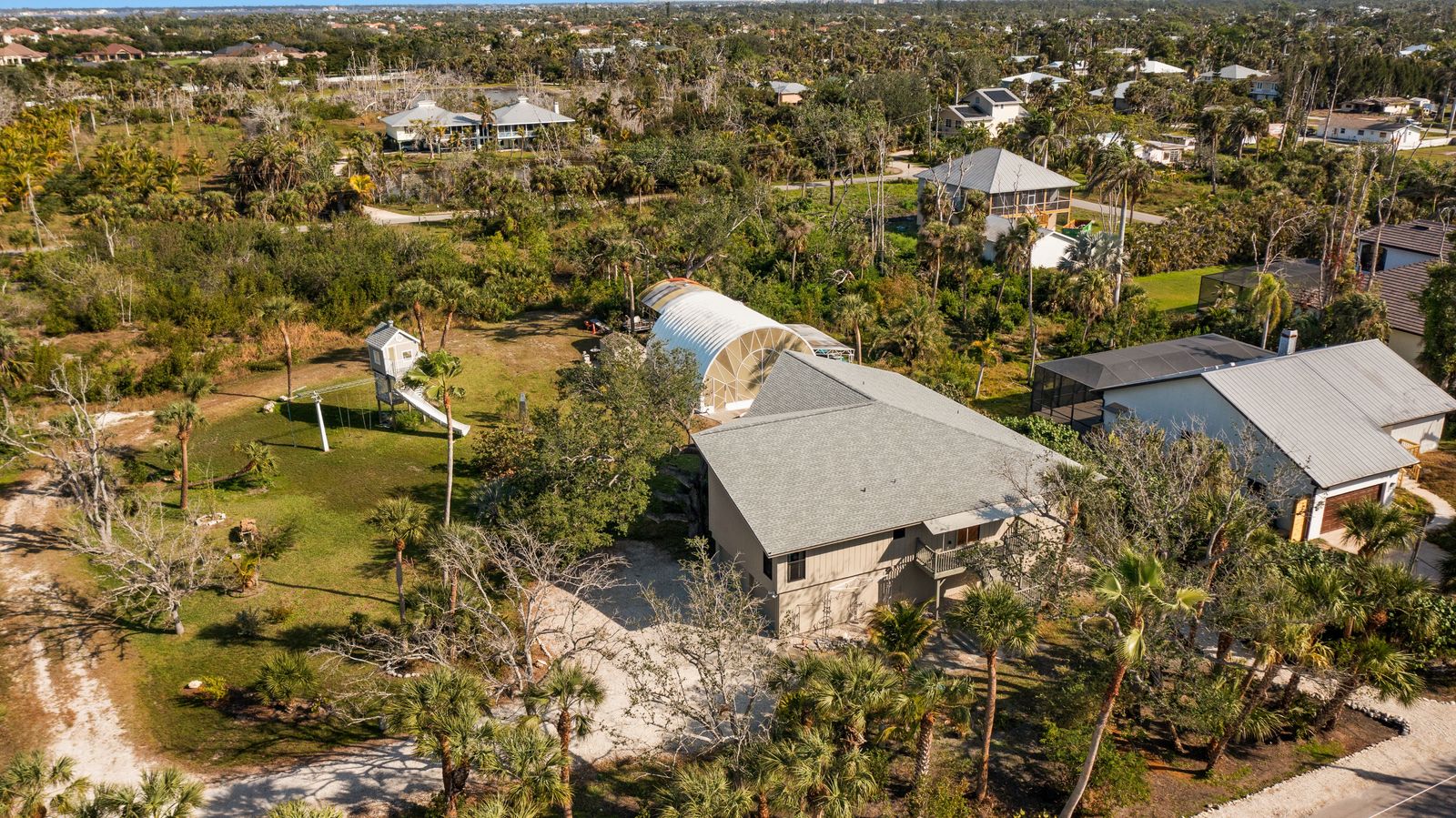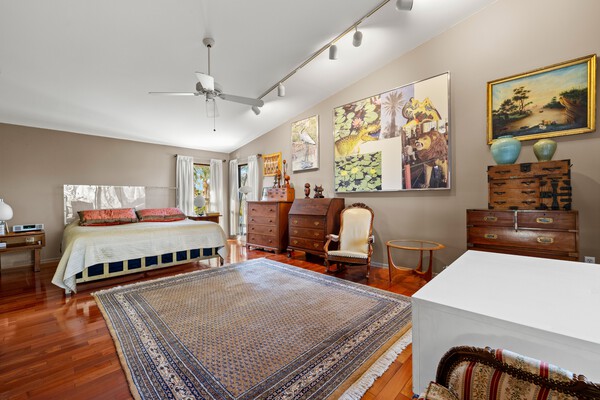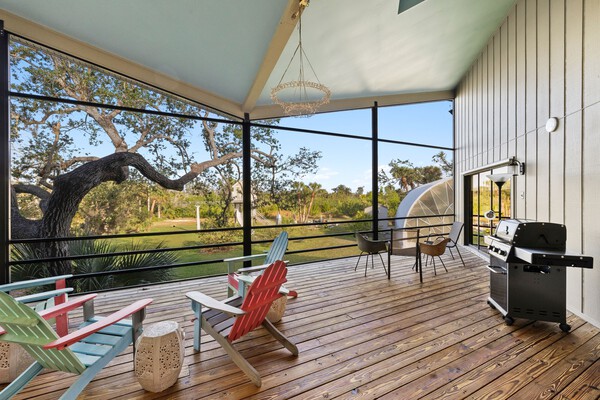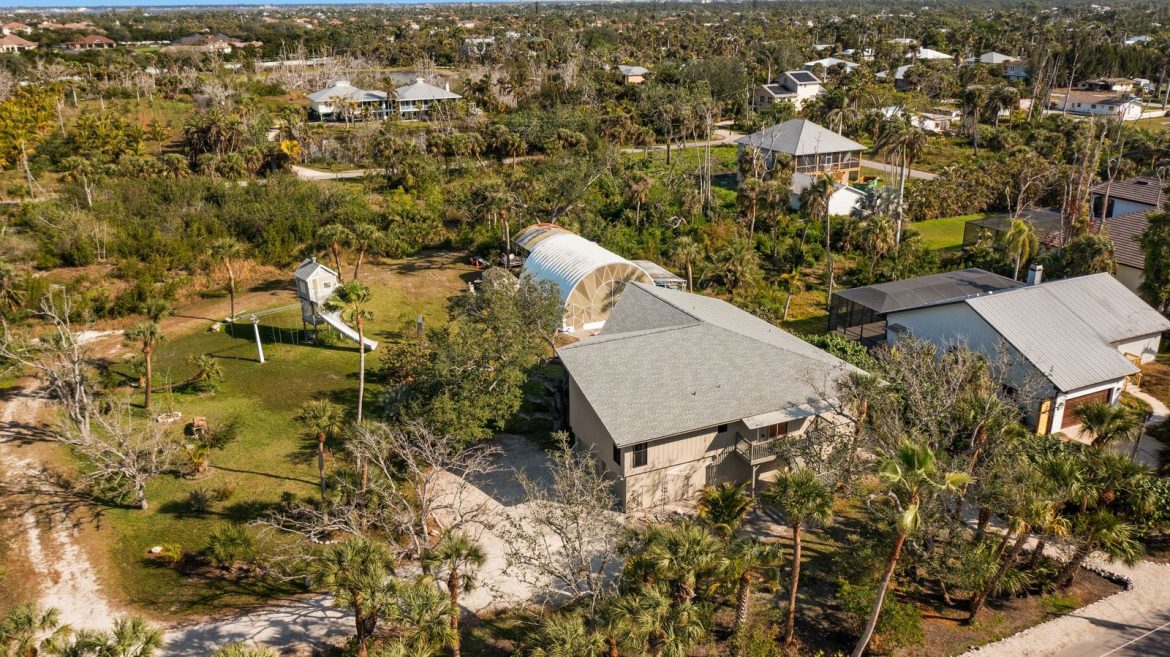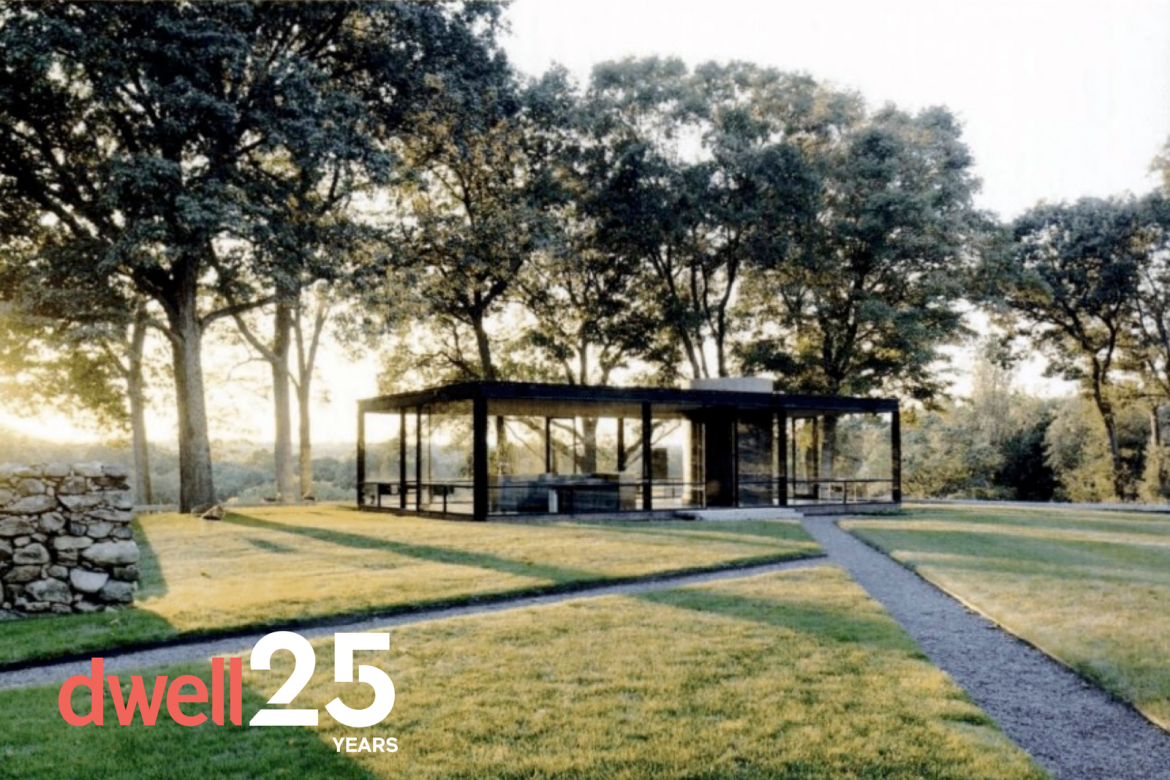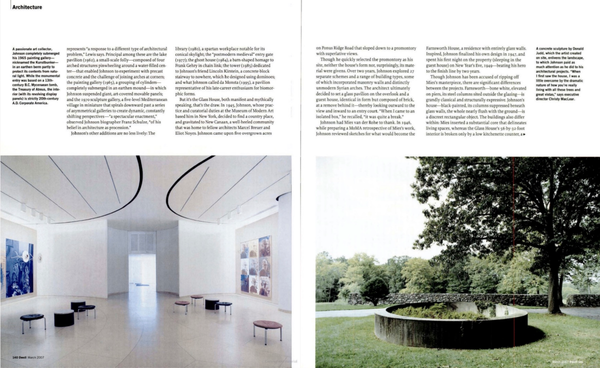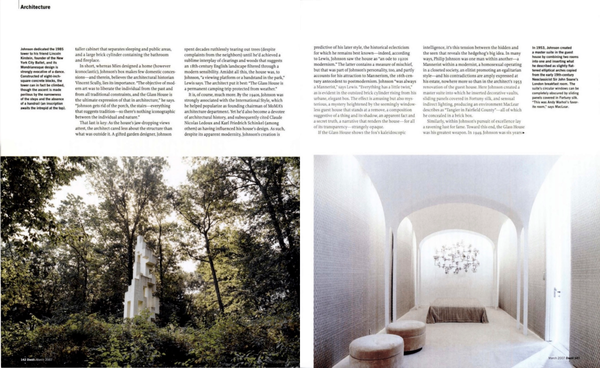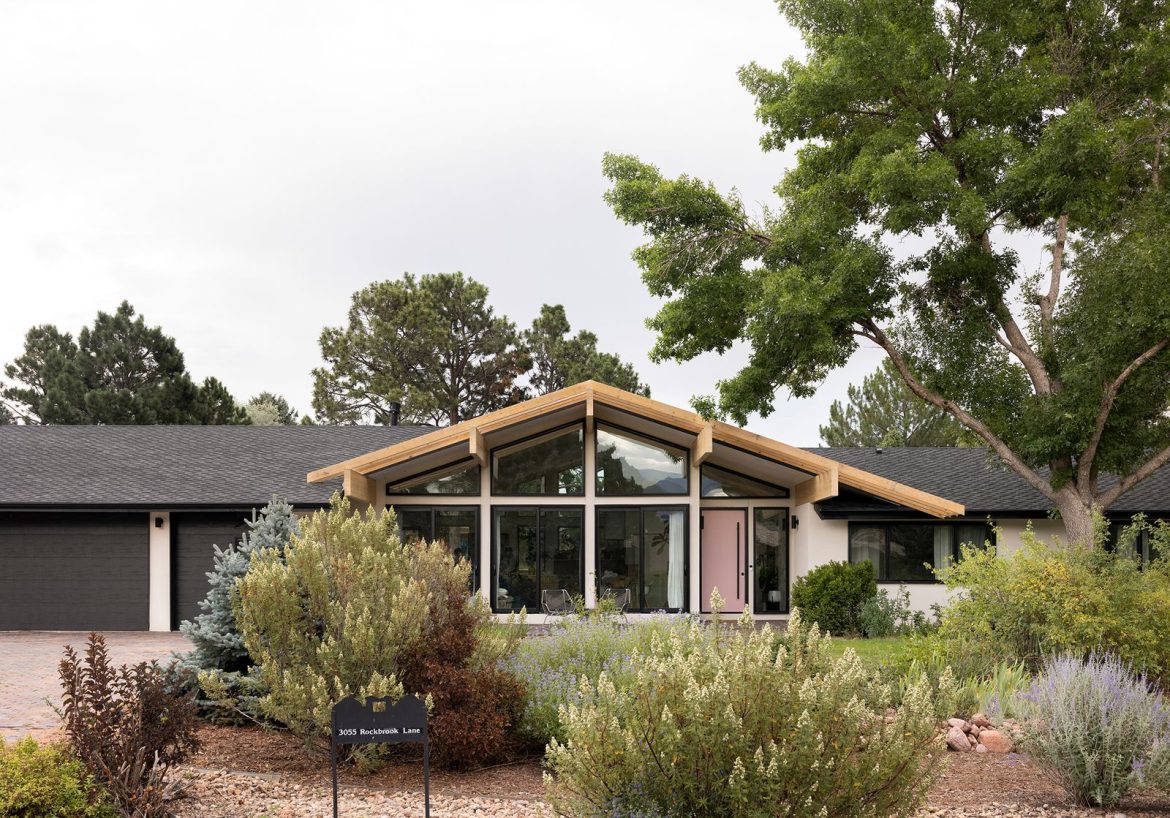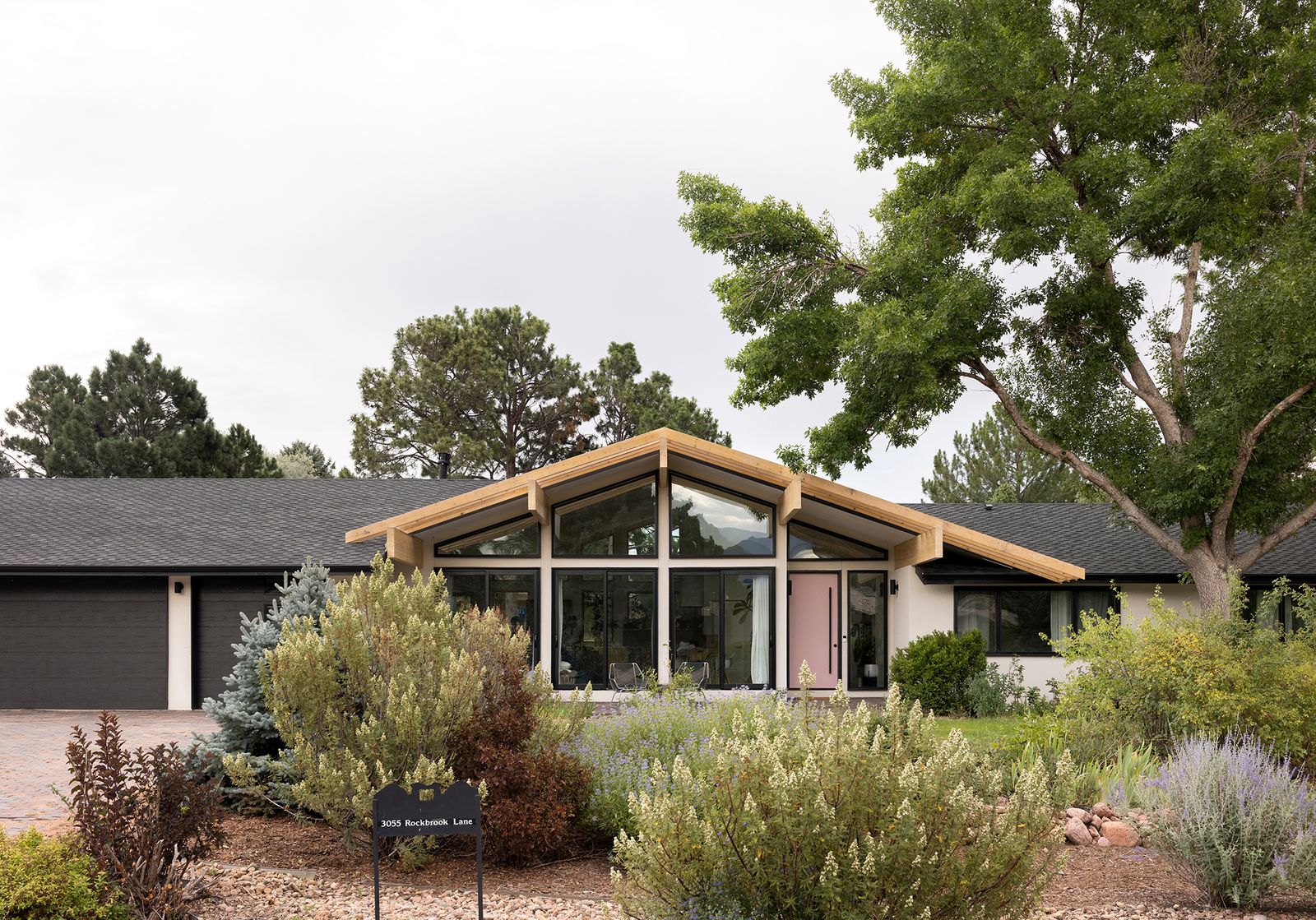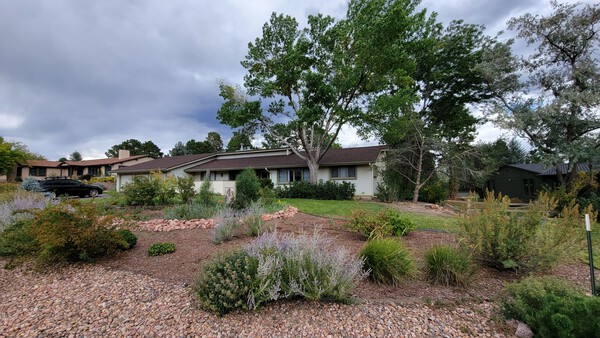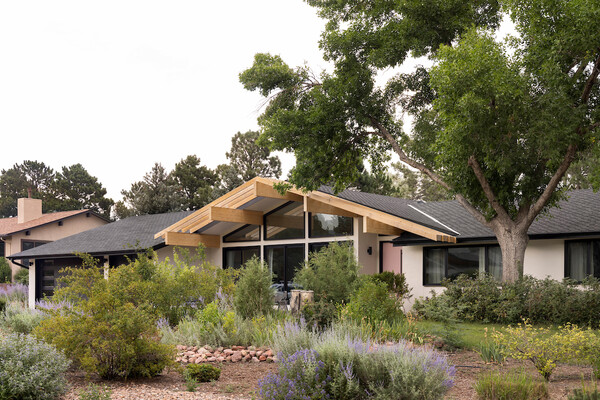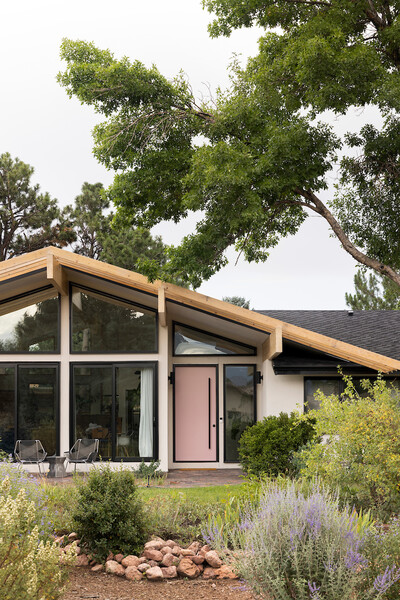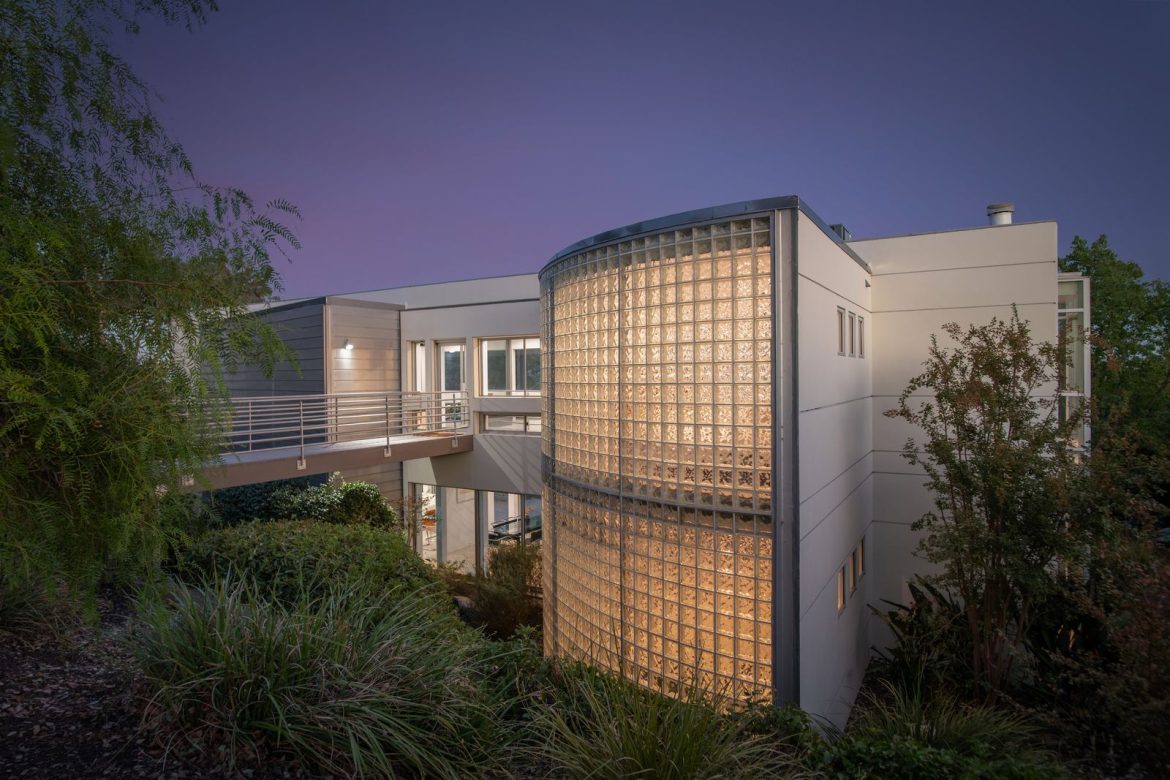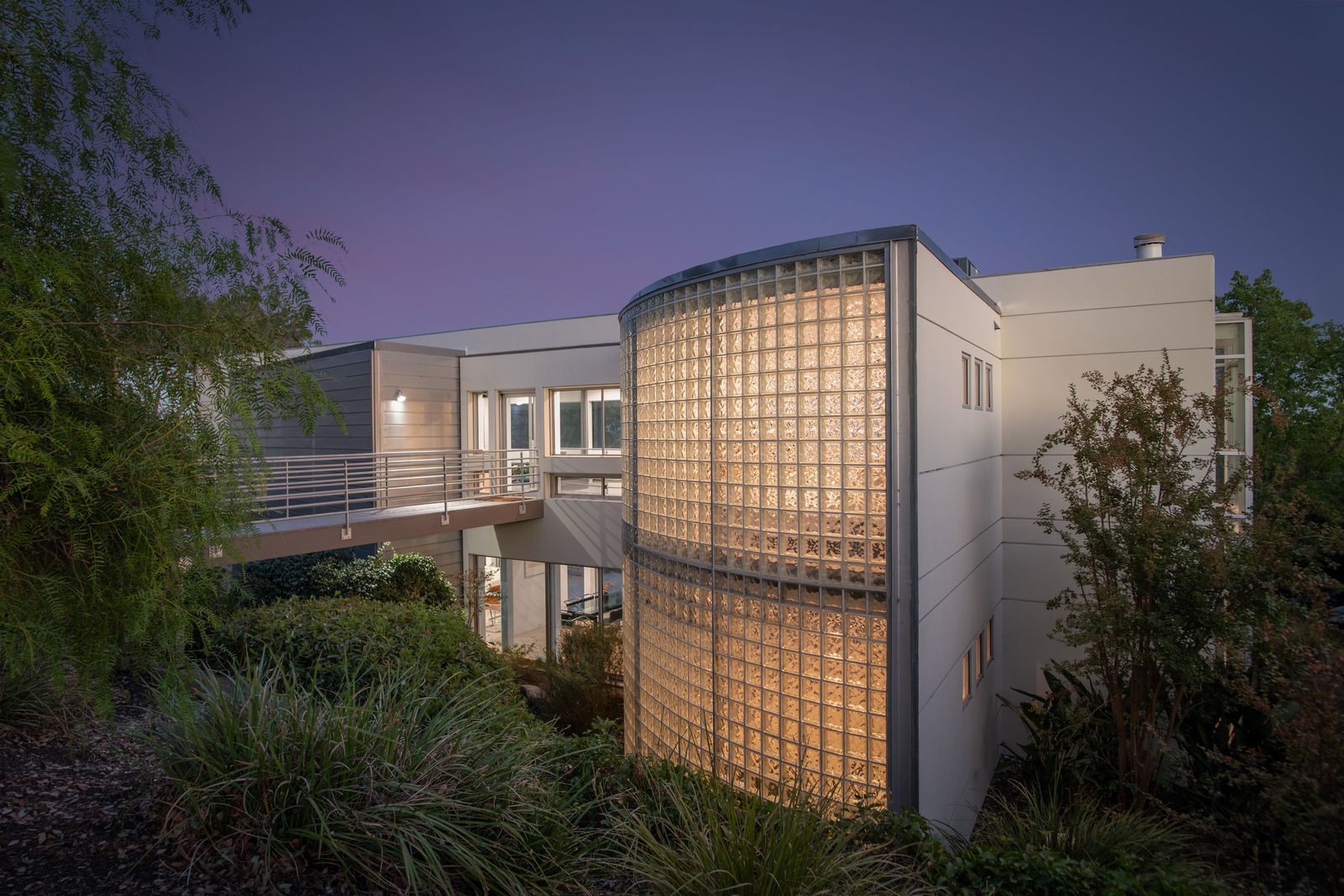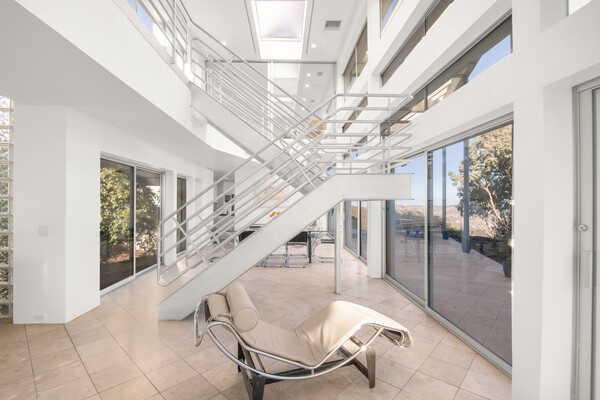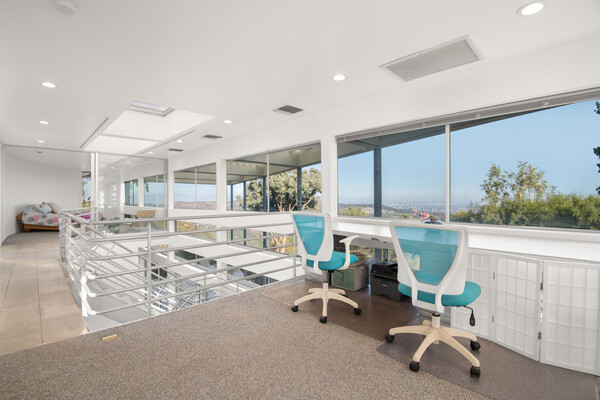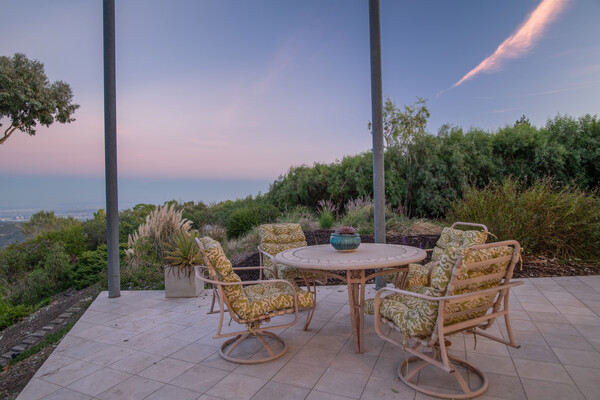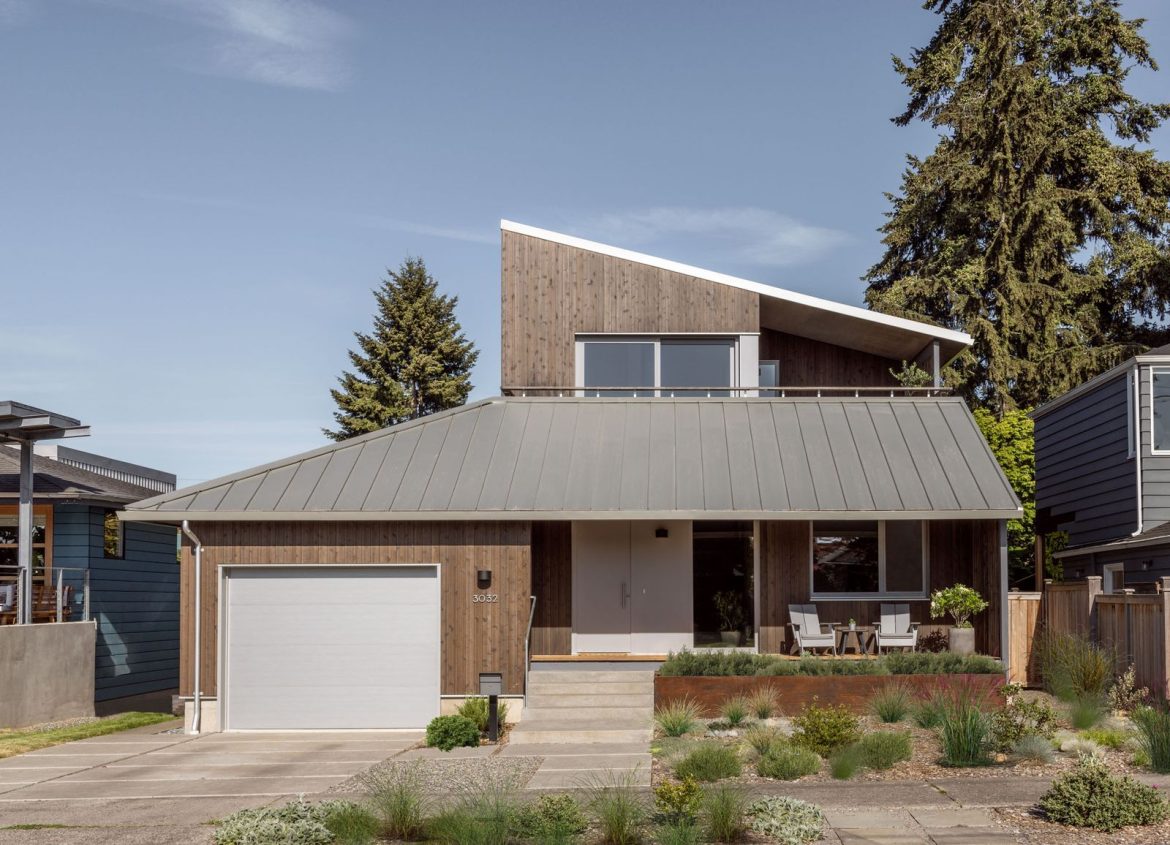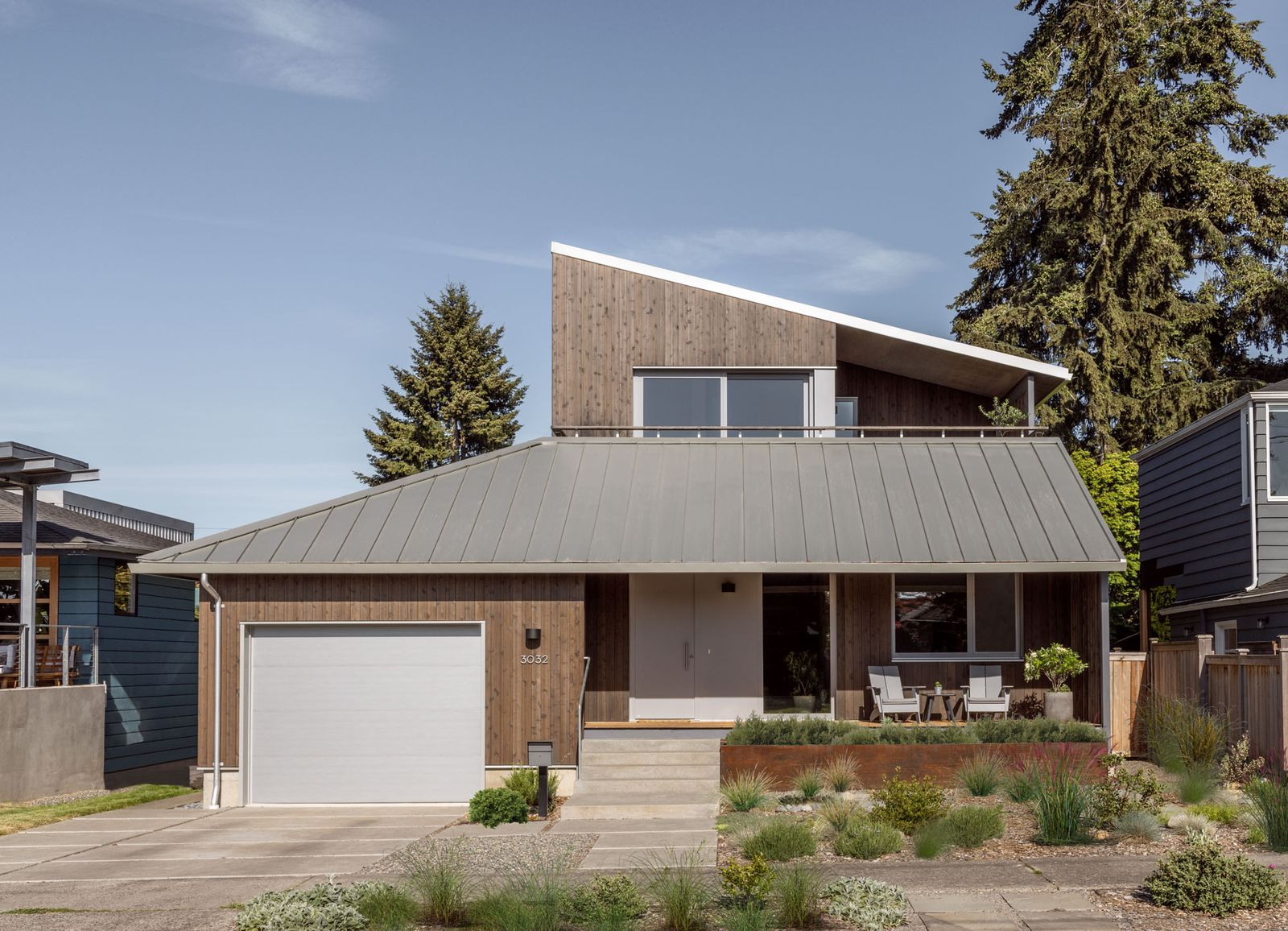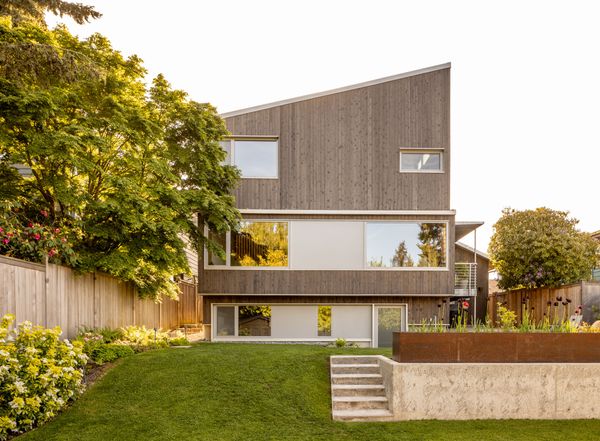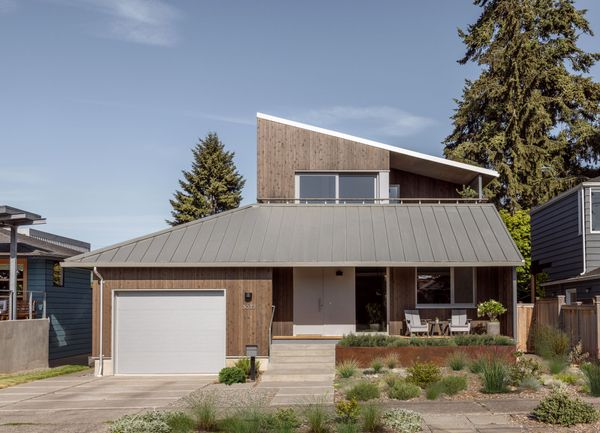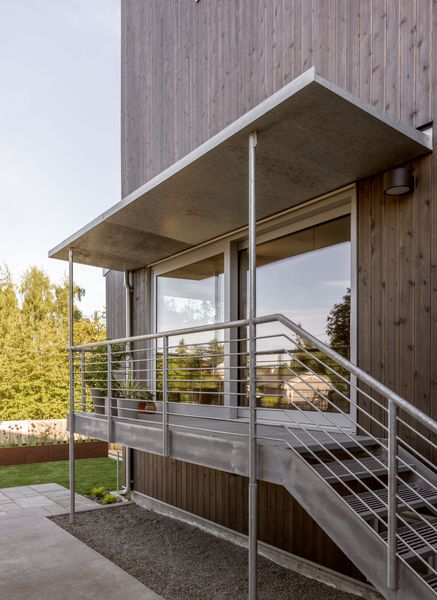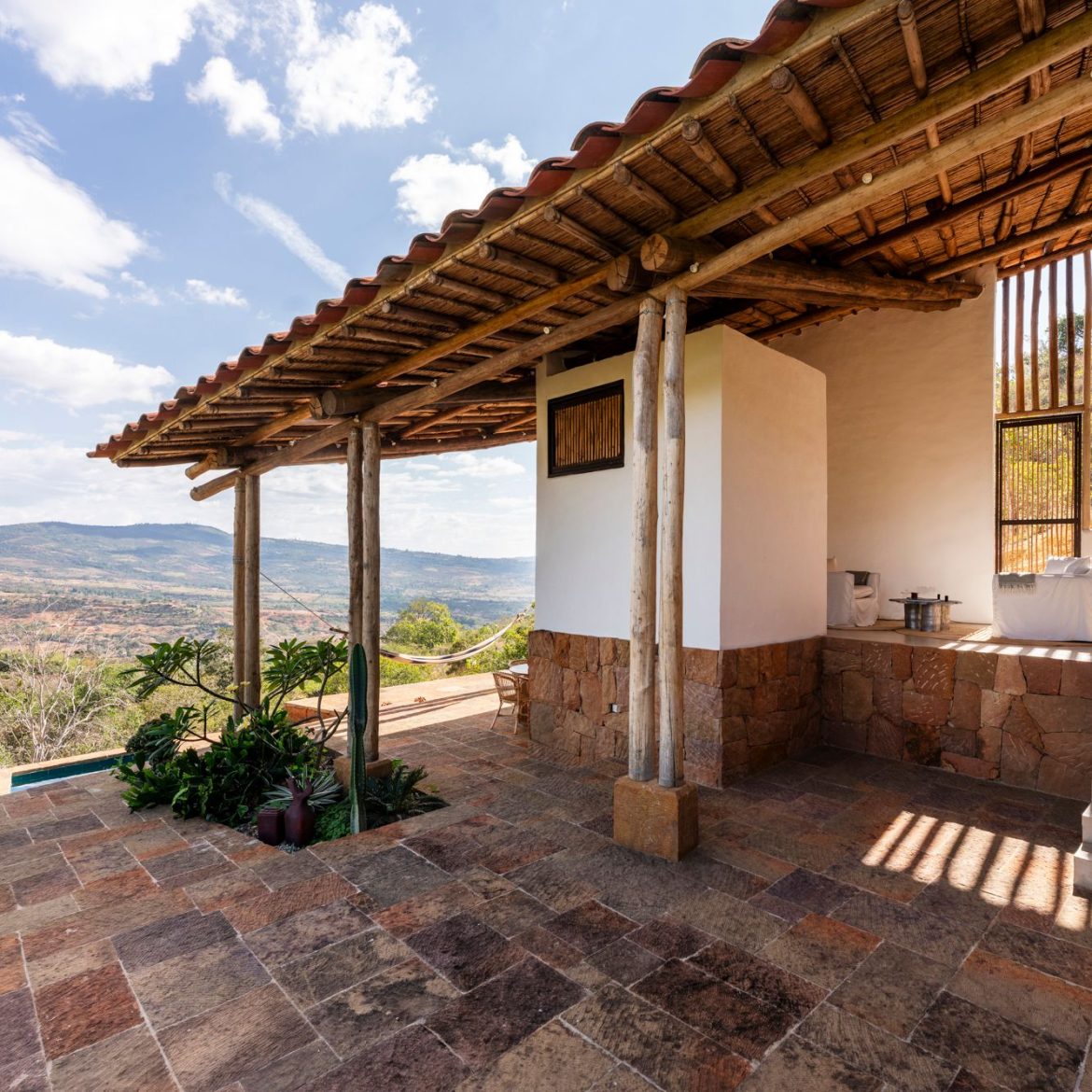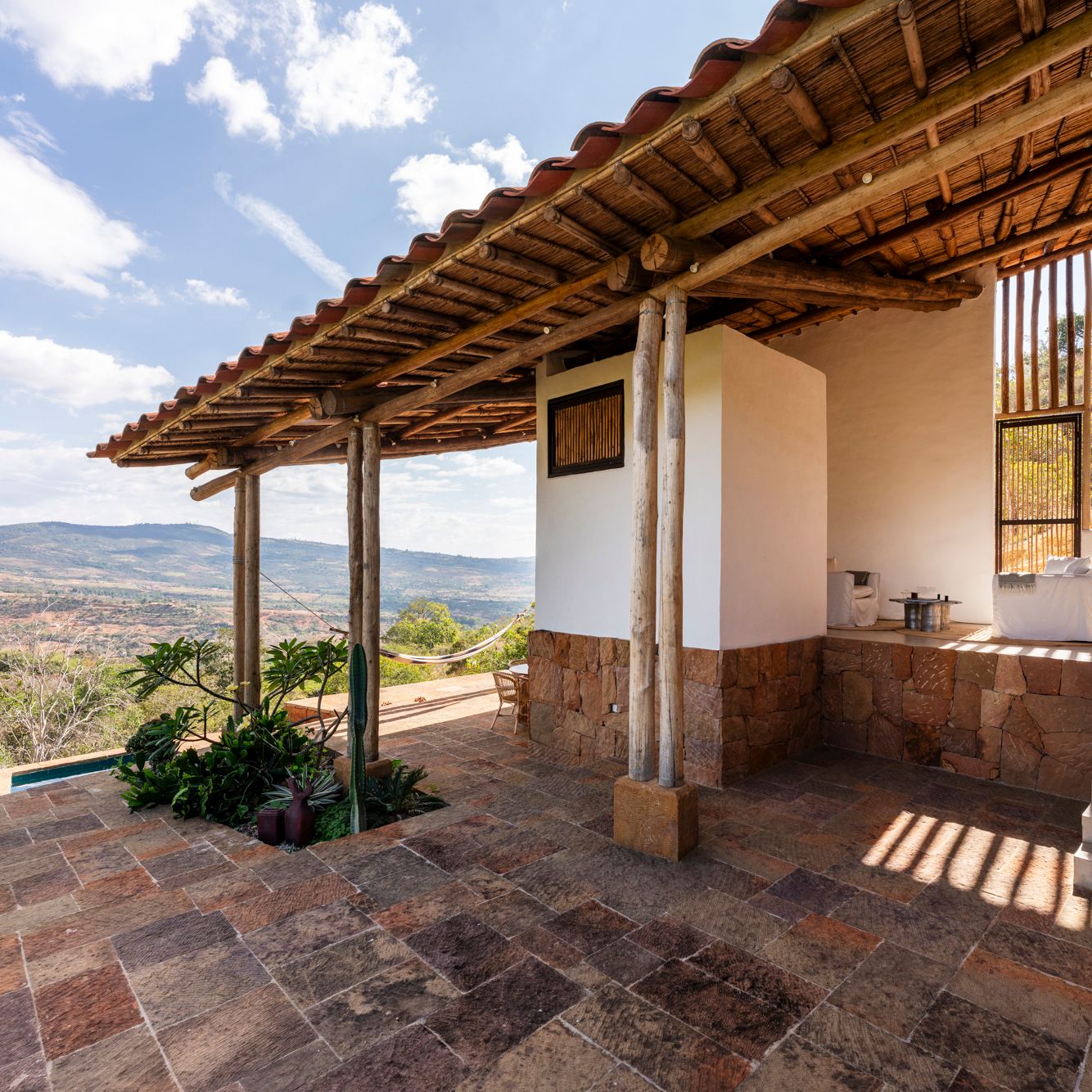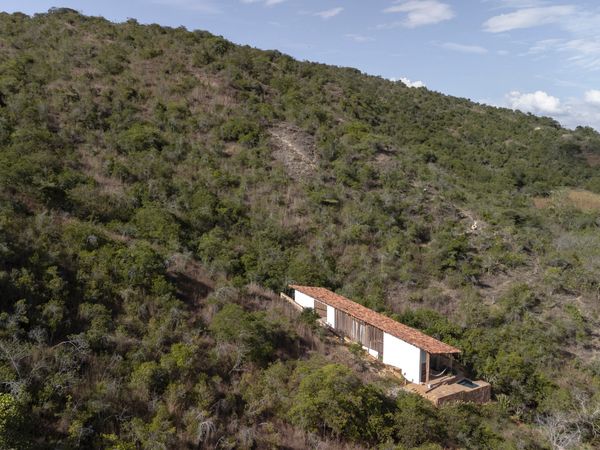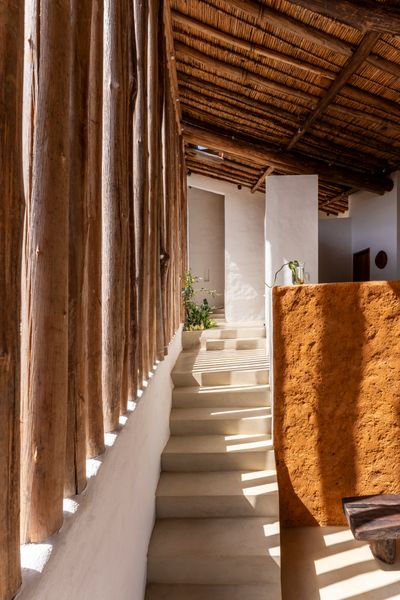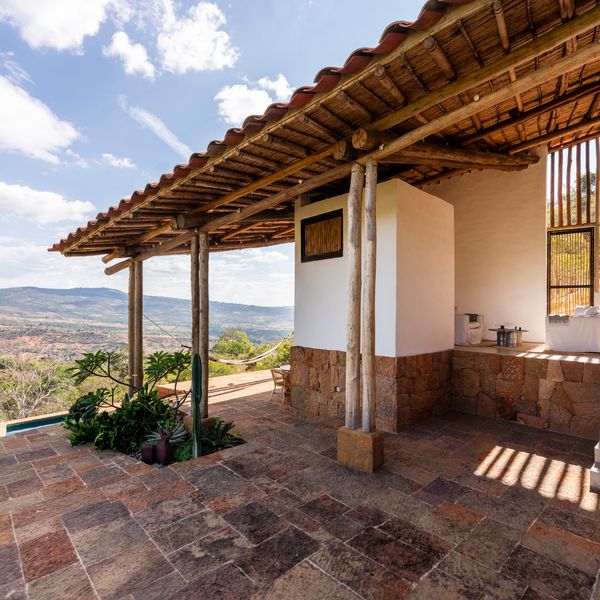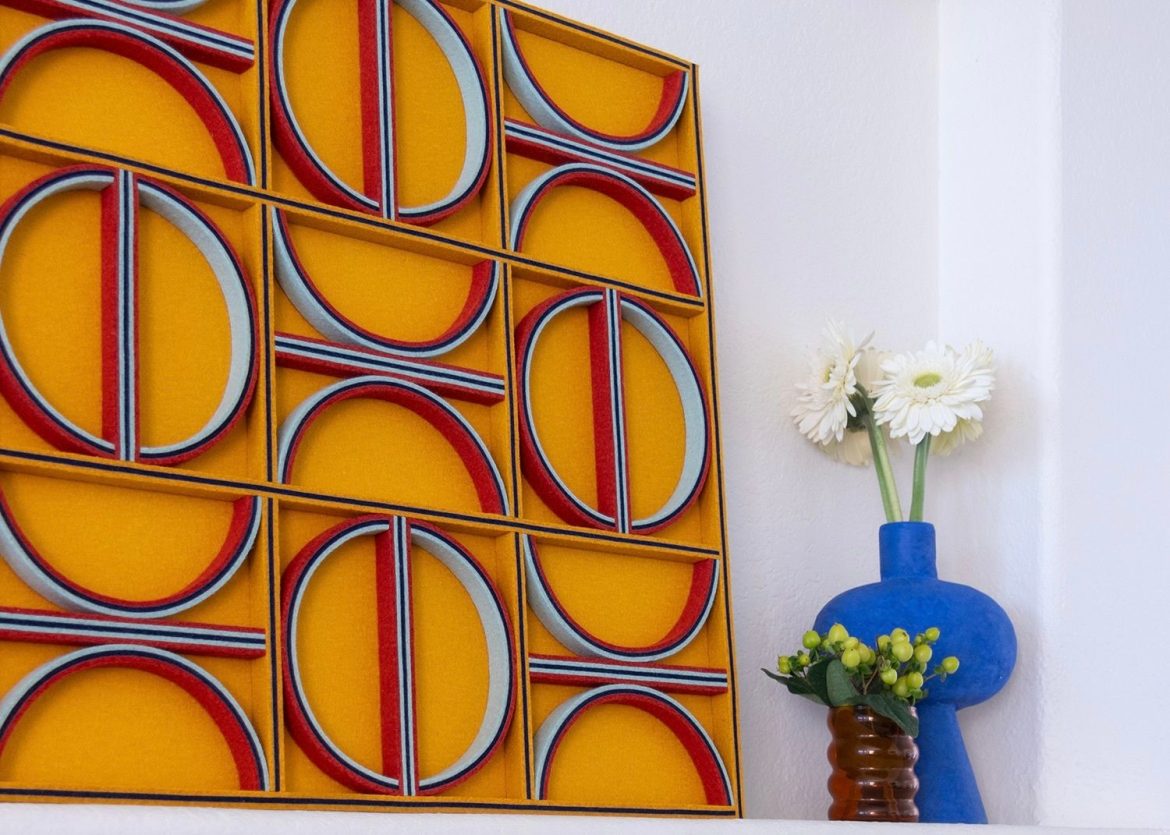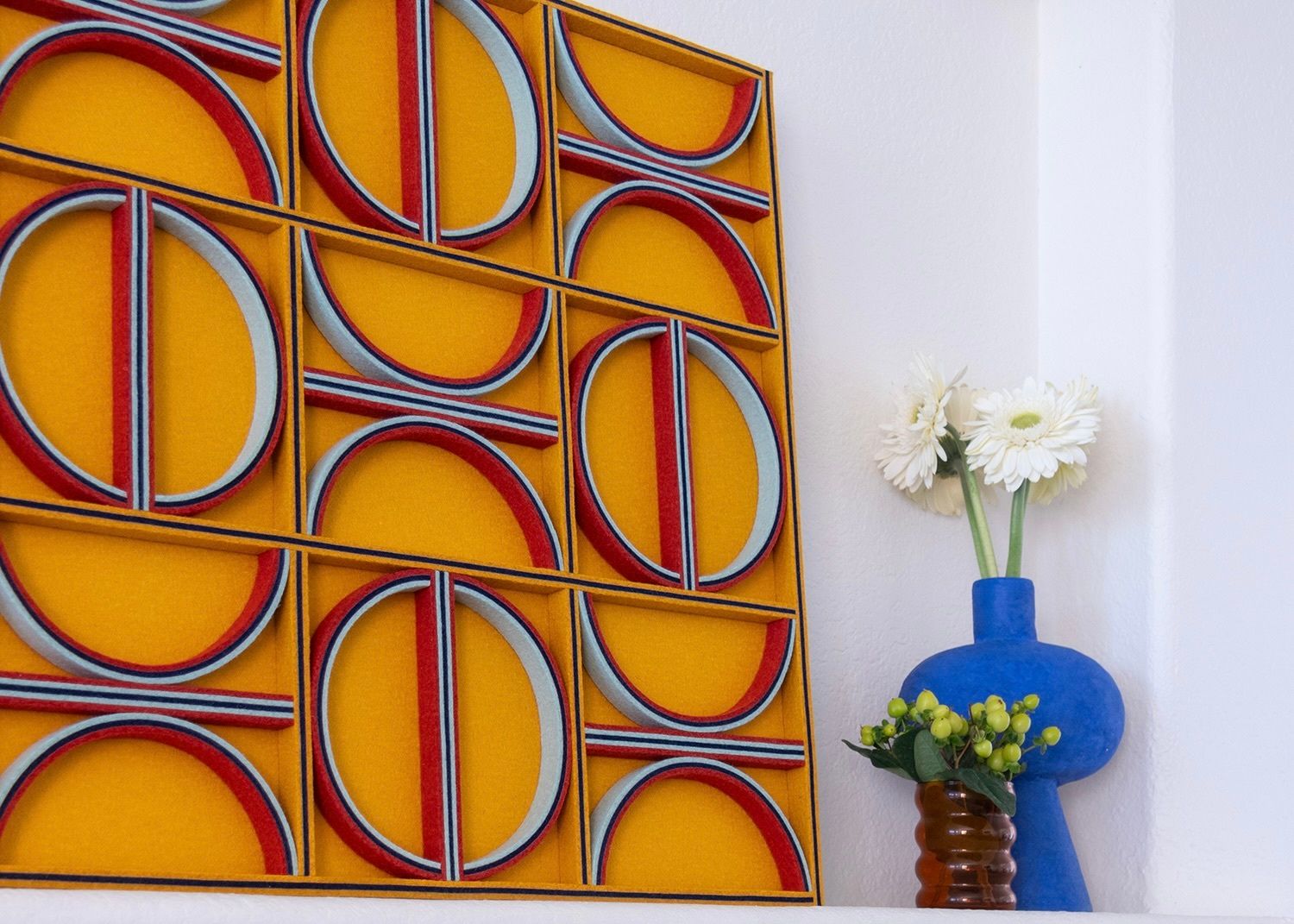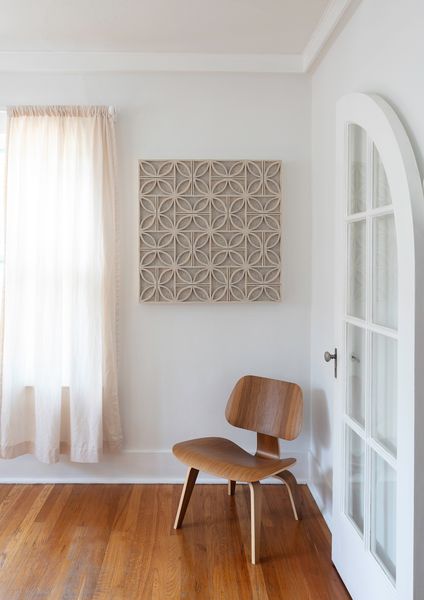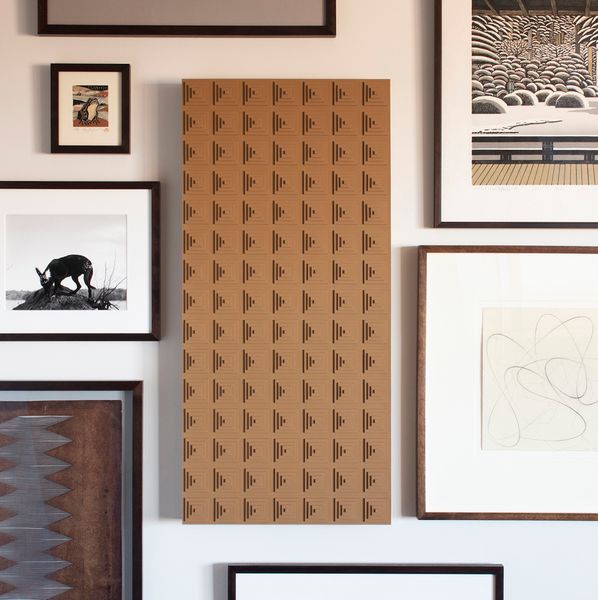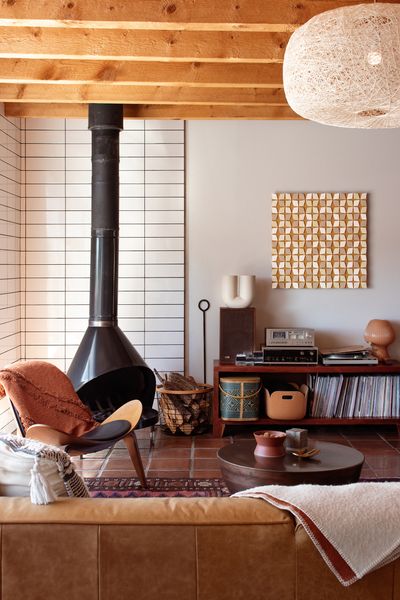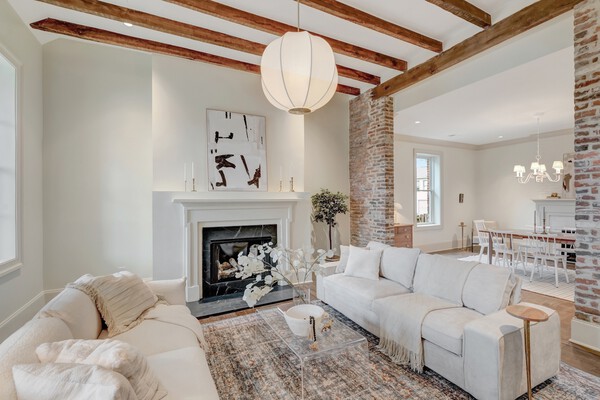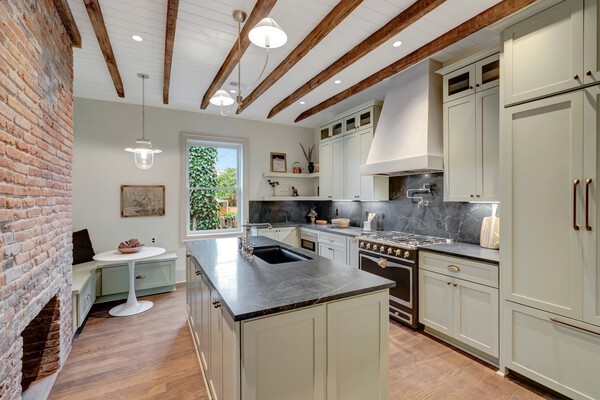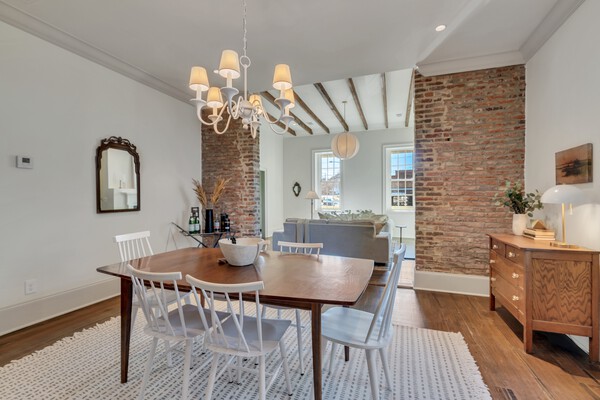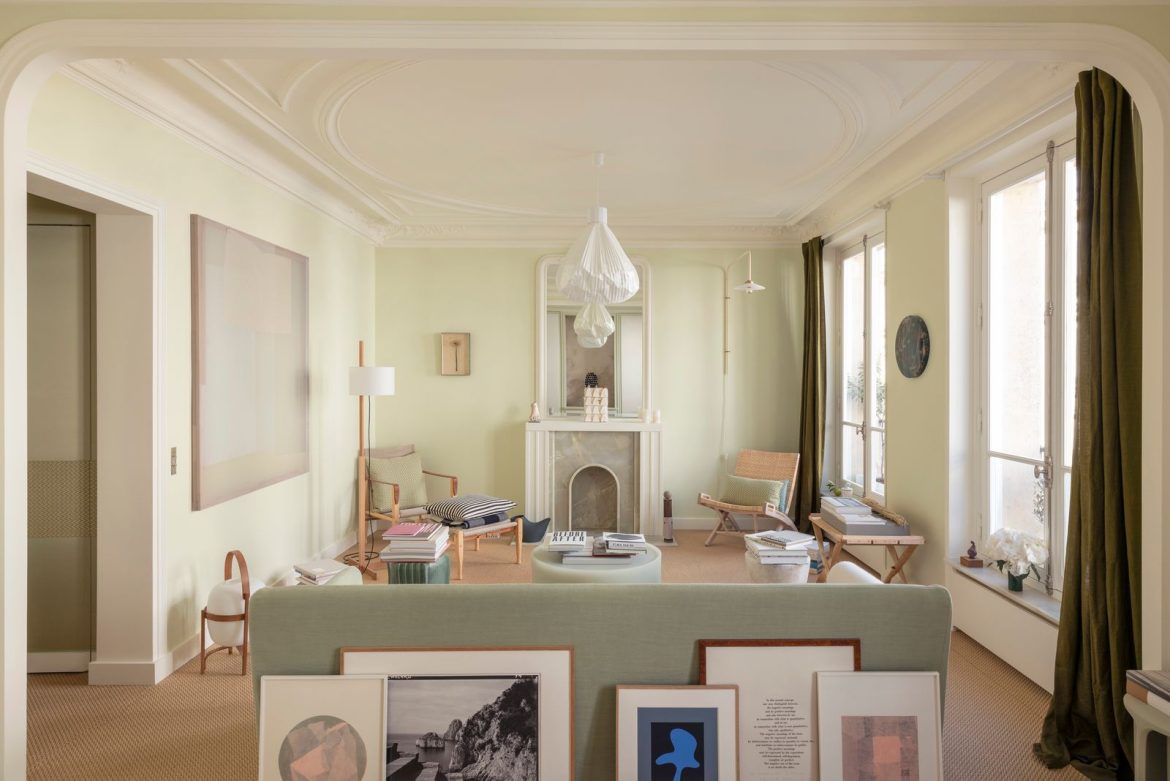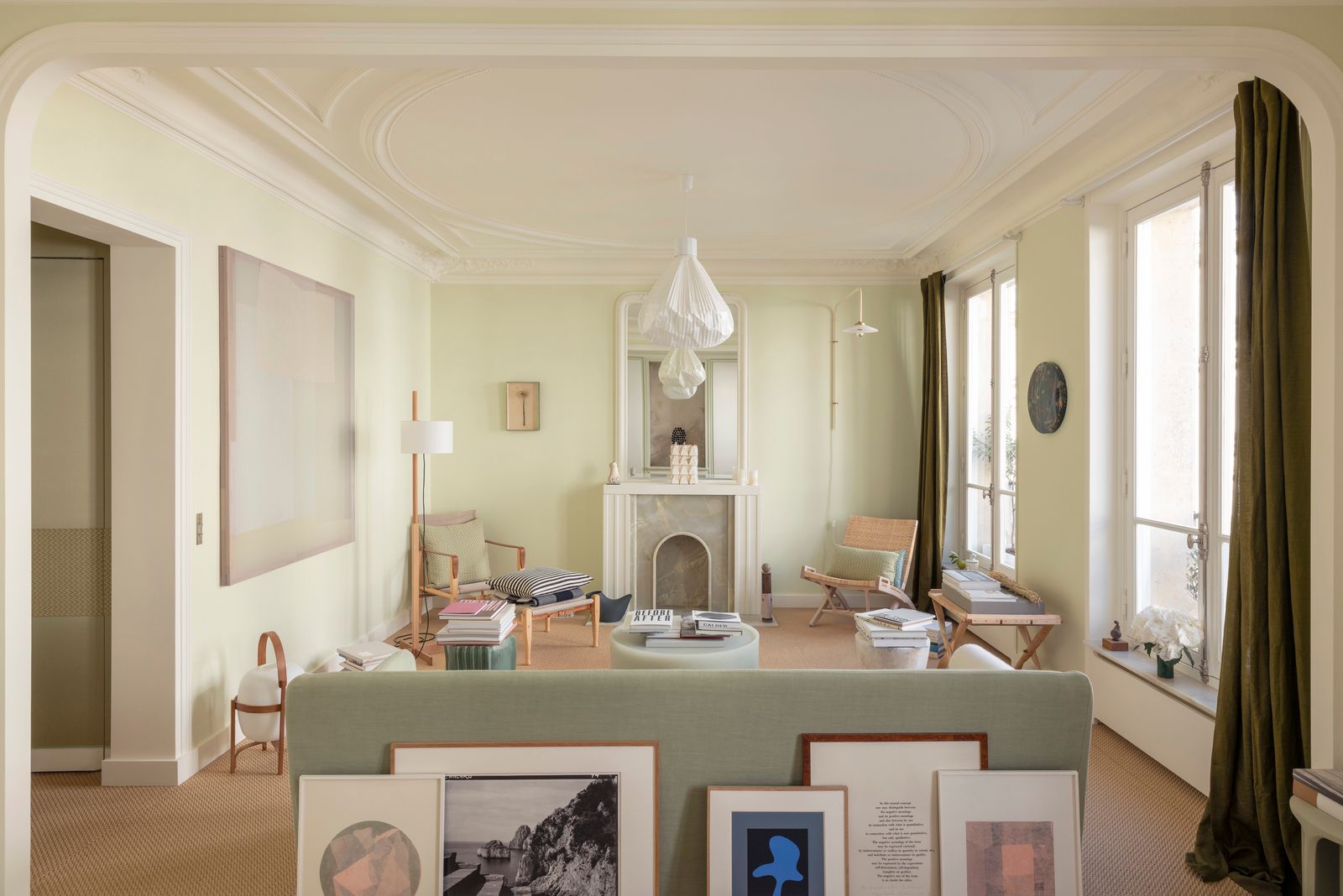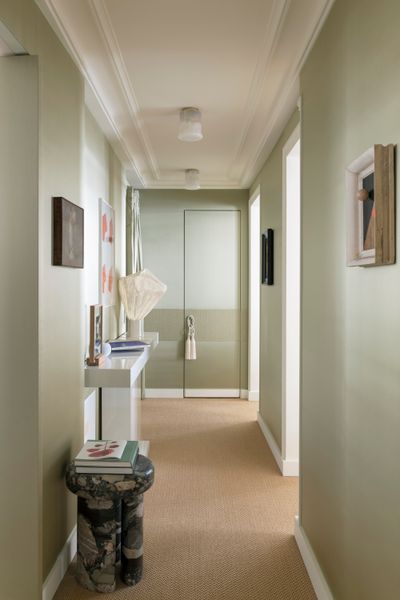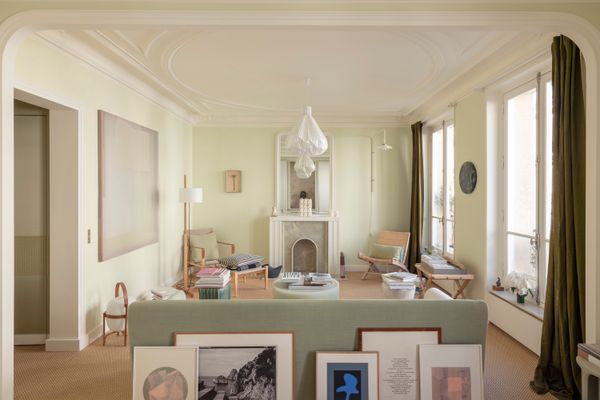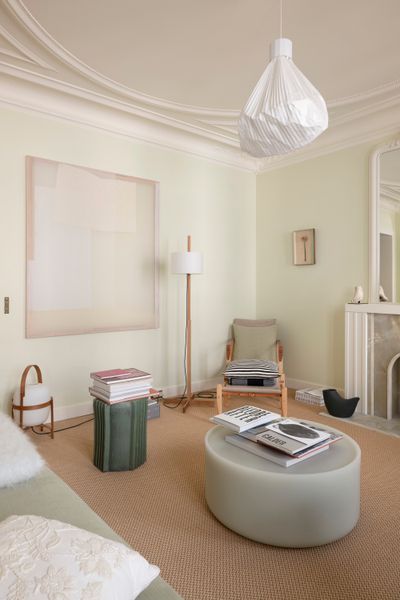If the climate crisis has increased storms in your area, raised beds, rain gardens, and native plants should be your new best friends.
Gardening everywhere is changing with the climate.
If you take care of outdoor plants, you’ll probably be familiar with a litany of unnerving shifts, from severe heat and drought to shifting plant palettes and longer growing seasons. Dramatic and sometimes catastrophic bursts of heavy rainfall and coastal flooding are also intensifying around the country, thanks to the persistent (and apparently now accelerating) burning of fossil fuels.
In New Orleans, one of the rainiest cities in the country, the rain “tends to come all at once,” says Anna Timmerman, a horticulturist and extension agent at LSU AgCenter. “The most I’ve ever seen was 13 inches in a day.”
In addition to experiencing stronger storms and heavy rains (recently accompanied by periods of historic drought), coastal Louisiana is losing land for a variety of reasons, including sea level rise, land subsidence (or sinking), and wetland destruction by the oil and gas industry. In response to these conditions, there is a deep well of local expertise on how to live—and garden—with water.
Your garden, of course, can’t prevent disasters, or address desperately needed policy solutions. But it is possible to help limit the impacts of heavy rainfall on your neighborhood and waterways, and create refuges for people and wildlife along the way. Below are some broad principles that should be useful for anyone who cares for rainy landscapes, whether they are backyards or shared spaces.
Grow food in raised beds, and take care of your soil
“One of our giant recommendations for this area is raised beds,” says Timmerman.
Flood water can contain sewage and other waste (like dog poop) that carries a risk of E. coli, as well as a toxic blend of motor oil, trash, and other pollutants and pathogens. Elevating garden beds a foot to 18 inches above the soil line can help facilitate drainage and protect the plants you eat from getting contaminated.
Maintaining healthy, biodiverse soil ecosystems also takes on special importance in areas that frequently flood. Soils with lots of organic matter and nutrients are better able to soak up a ton of water, explains Devin Wright, deputy director of producers and sustainability at SPROUT NOLA, a nonprofit that supports growers in Louisiana.
In recent years, Wright notes, periods of severe drought have actually exacerbated the experience of flooding. During a drought, soil microbes can die off—and without them, the soil is less able to absorb all that water. “What that means for soil health is that making sure that you have year-round best practices in place is really important.”
At the community garden hosted by SPROUT, “soil health is something we focus on extremely acutely.” They apply compost and mulch to enrich and protect the soil, test soils regularly to keep tabs on nutrient levels, and avoid synthetic fertilizers and pesticides.
Crop rotation, cover cropping, and no-till gardening are some other techniques that organic growers use to keep nutrients in balance and protect the soil’s structure.
Soak up the water
If the ground is covered in concrete, or already inundated with water, then the rain needs somewhere to go. Often, it runs into the street, picks up a bunch of contaminants, pollutes local waterways, and sometimes causes flooding.
There are lots of ways that homeowners, gardeners, and communities can help absorb water, from rain gardens, stormwater planter boxes, and trees to concrete removal, permeable pavement installation, and rain barrels.
If you have a low area in your yard that’s already collecting water, that’s an easy place to install a rain garden, also called a bioswale. Rain gardens are filled with native plants and often well-drained or sandy soils to help absorb and filter stormwater. (Since rain gardens will often be dry, it’s important to choose plants that can tolerate drought, too.)
“Everything in green infrastructure is a form of biomimicry,” says Keree’ Blanks, green infrastructure and engagement coordinator at The Water Collaborative, a nonprofit based in New Orleans.
“In nature, bioswales naturally happen,” Blanks says. “And we’re just taking those strategies and borrowing them.” The Water Collaborative often helps residents connect to local organizations like The Urban Conservancy and Green Light New Orleans that offer installation support and cost-sharing opportunities.
French drains—long trenches filled with a perforated pipe and gravel that collect and redirect water—are another popular solution in New Orleans. Daniel Johnson, founder of New Orleans-based landscaping company Greenman Dan, notes that effective stormwater solutions can involve a “daisy chain” of installations.
“Maybe it starts with a rain barrel, and then when the rain barrel is overflowing, maybe that water is collected in a drainage system, and then that water is routed to a rain garden,” he says.
Add some native plants
Plants that are adapted to your region are great at feeding and sheltering the animals and insects who evolved with them. When planted in the right place, native plants are also relatively low-maintenance, often with deep root networks that can help absorb rainwater and hold soils in place.
In New Orleans, much of which was originally swamp and marsh, native plants that excel at soaking up water—like buttonbush, swamp rose mallow, bald cypress trees, and dwarf palmettos—are popping up in front yards, rain gardens, community gardens, and public parks.
“There’s a real shift happening,” says Timmerman, as tough native plants that are less disease-prone and can tolerate both flooding and drought are getting used more in landscapes as a stormwater management tool.
“I think now, and especially in New Orleans, people think of the utilitarian and environmental value of gardens,” says Diane Jones Allen, professor and program director of landscape architecture at the University of Texas, Arlington.
Before Hurricane Katrina, “New Orleans had its standard palette of aspidistra and liriope and camellias,” Jones Allen recalls. “Post-Katrina, we realized we have to live with water and think of other ways to capture water.”
Plants that aren’t adapted to periods of inundation (or don’t like “getting their feet wet,” as it’s often put) can struggle with fungal pathogens like phytophthora root rot, Timmerman explains. Roots need oxygen, and when they’re submerged, they can start to die. Pathogen spores carried by floodwater can then rot the roots, at which point the plant’s branches and leaves will start to wilt and die.
If you’re interested in shifting to more flood-tolerant species, check your local native plant society or extension office website for new plants to try adding in.
Swapping plants with neighbors, whether they’re native or beloved crops and ornamentals, is another great way to learn how your community (and their plants) are managing local conditions. When Jones Allen lived in the city, “I would give my ginger to somebody else, and somebody gave me a satsuma, and we’d grow avocados and give them away,” she says.
“So there was a lot of sharing of plant material and transfer of garden knowledge, which is really wonderful.”
Related Reading:
How to Plant a Garden That Looks Good Year-Round
A Pollinator Garden Is the Perfect Solution for Small Spaces
